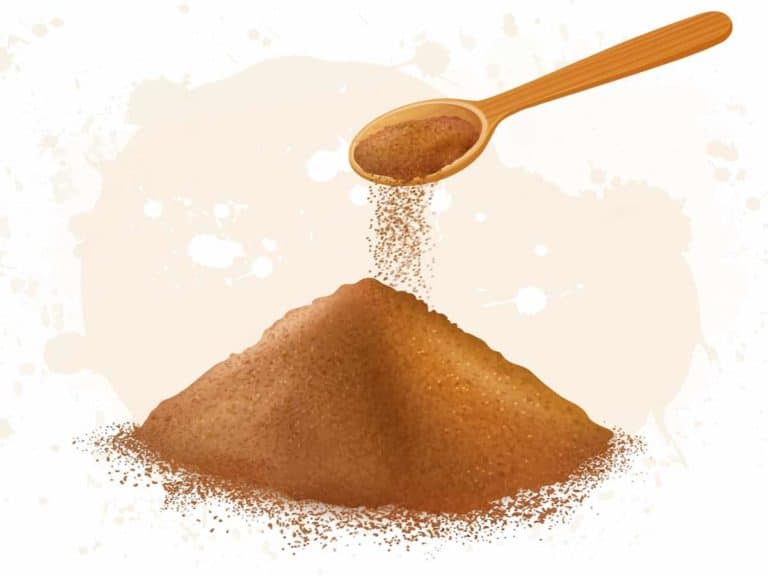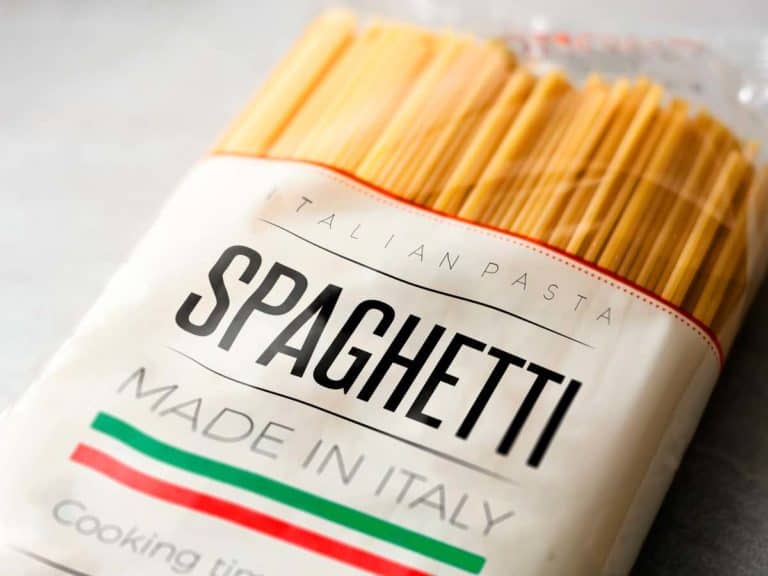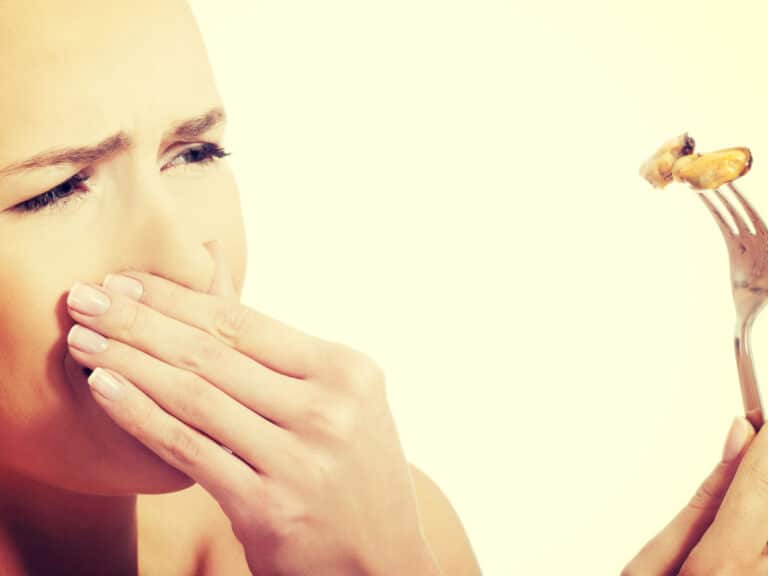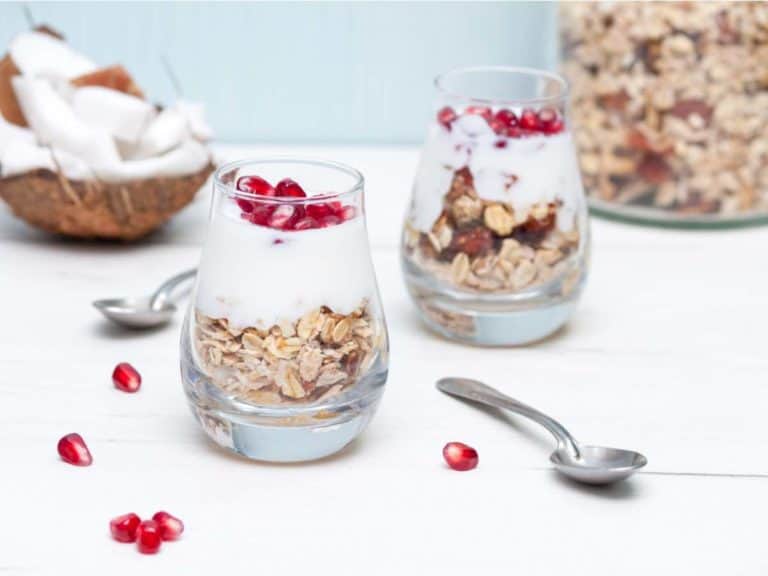Table Cream vs. Heavy Cream: Differences and Similarities
Using cream in cooking can be a struggle. What makes it even more confusing is that there are different types of cream. You may have heard about table cream and you may have questions about it. What is table cream? How do you use it? Is table cream the same as heavy cream?
Table cream is also known as light cream. It is a milk product that is between 18 to 30% fat. Fat content is the only basic difference between table cream and heavy cream or whipping cream. However, that smaller fat content means table cream has different applications.
Among the common uses of table cream is as a creamer for coffee or tea. It can also be used in times when heavy cream would be too rich, like in cereal or fruits. Keep reading below to learn more about table cream and other creams.
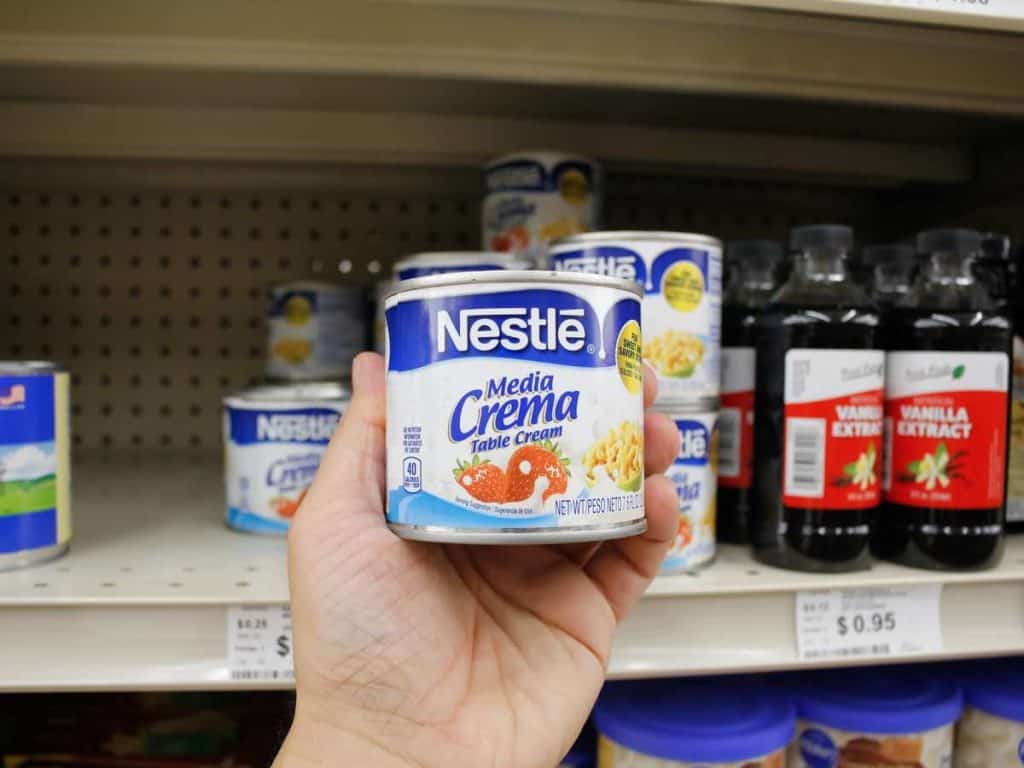
Creams Of The Crop
Below is a table that summarizes and compares the traits of table cream and heavy cream.
| Table Cream | Heavy Cream | |
|---|---|---|
| Fat Content | 18-30% | 36-40% |
| Typical calories (per 100 g) | ~200 | ~350 |
| Can be used as a creamer? | Yes | Yes |
| Can be used in dressings and dips? | Yes | Yes |
| Can be used in baking and desserts? | Yes | Yes |
| Can be whipped? | No | Yes |
| Can be used in acidic hot soups, stews, or sauces? | No | Yes |
All About Table Cream
Like the other types of creams, table cream is a dairy product with higher fat content. Dairy milk is a suspension of fat and water. Because of their chemistry, fat and water do not mix.
Hence, the fat in milk separates from the water or aqueous parts. And since fat is less dense than water, fat floats up. This process takes time. Hence, at the industrial level, companies use centrifuges to speed up the process.
The cream is separated from the rest of the milk and gathered. The fat content can be adjusted by readding or removing more of the aqueous portion of the milk. As mentioned earlier, table cream is a type of cream with a fat content that is between 18 and 30%
What’s In Table Cream
The main two ingredients of table cream are milk and cream. Companies may add other ingredients to improve the qualities of the table cream. These ingredients can include carrageenan and disodium phosphate
Carrageenan is a carbohydrate from seaweeds. It got a bad rep for being thought to be harmful to people. But the current evidence suggests that it is generally safe for a healthy person.
People with sensitive digestive systems may want to watch out for it though. These people may experience bloating after consuming carrageenan. Some people with irritable bowel syndrome may also have a bad experience.
Disodium phosphate is another common and safe ingredient that is used in table cream. Disodium phosphate is multifunctional in food. For example, it acts to regulate the pH or acidity.
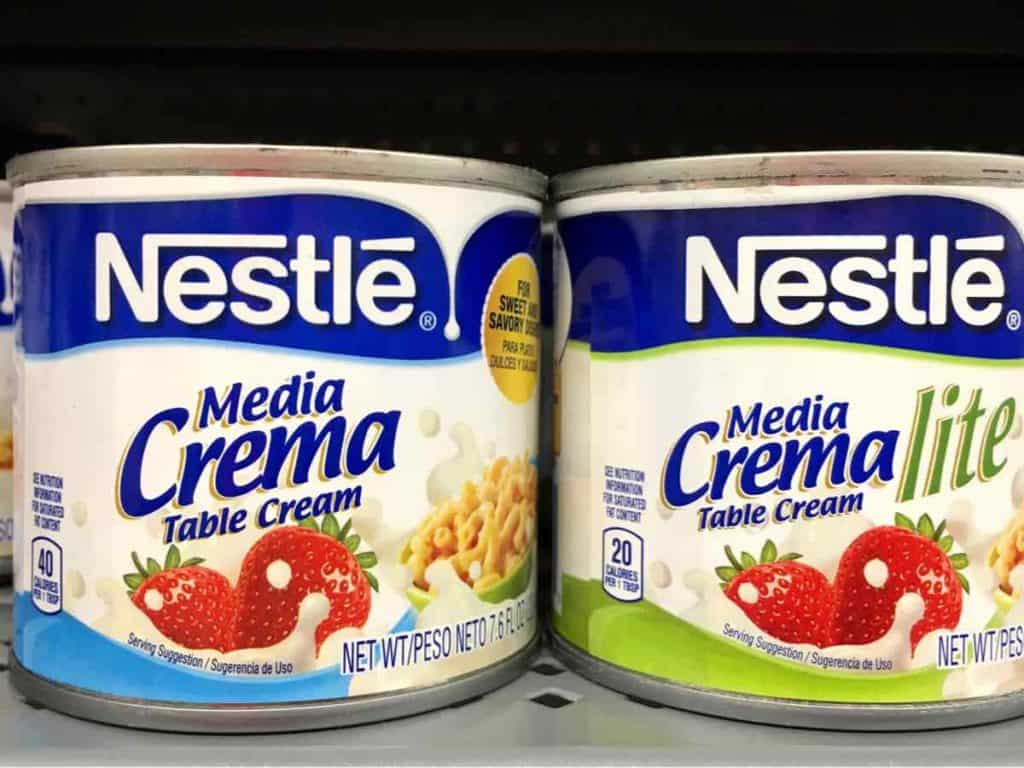
Regulating acidity is important in fatty milk products. Doing so can prevent curdling. It can also act as an emulsifier. An emulsifier keeps fatty and aqueous solutions, mixed. So disodium phosphate can keep the fat in table cream from separating.
You might also find mono- and diglycerides and sodium alginate. These additives have similar functions to carrageenan and disodium phosphate. Like carrageenan and disodium phosphate, these three additives are generally regarded as safe.
Uses of Table Cream
As a start, you should know that you can’t make whipped cream from table cream.
The fat content must be at least 35% for cream to be whipped. While the fat content of table cream can be as high as 30%, many table cream brands have a fat percentage of 18, 19 or in the 20s.
Those brands of table cream may not give the same richness that heavy cream can in a dish.
However, table cream is still great for giving creaminess and thickness to beverages. Hence, it is often used in coffee and tea drinks. Some alcoholic drinks have heavy cream, but some people may feel like it’s too heavy on the stomach. In that case, table cream can be used as a substitute.
Table cream also works well with dressings, dips, and cold sauces and soups. However, be cautious when using table cream on hot dishes, especially acidic ones. Milk fat helps prevent milk proteins from curdling. The fat content of table cream isn’t high enough to prevent curdling.
Table cream is great for sweets like fruits and desserts. Simply lay some on your fruits, cakes, pies, and more. In baking, table cream can be used to add some richness to cakes, pies, brownies, and other baked goodies.
Table Cream Substitutes
If you have heavy cream or whipping cream, you can dilute that with skimmed milk. Add enough milk until the fat content is within 18 to 30%. And yes, you will need to do some math for this, so brace yourself.
For example, say you have heavy cream that is 36% and you want to bring it down to 20% fat. You can add some skimmed milk to do so.
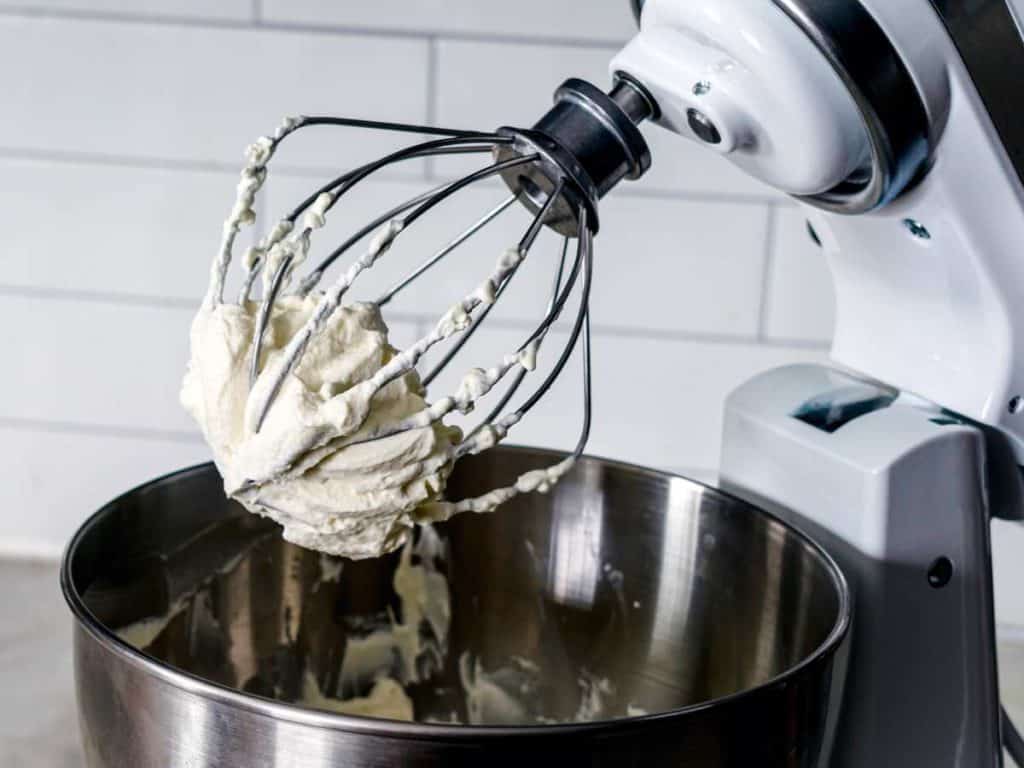
Skimmed milk is between 0.1 to 0.3% fat. For our purposes, we can think of skimmed milk being 0% fat. You can start the math process by deciding on how much heavy cream to begin with. To make the math easier, start with 100 g of the heavy cream.
Add the 36% (or whatever the fat content may be) to your desired fat content. In this case, we add 36 and 20, so we get 56. Now take again your desired fat content, and divide it by 100. So 20 divided by 100 is 0.2. Still following?
Now you take the 56 and divide it by the 0.2. You get 280, and that’s your final answer. So if you want to dilute heavy cream to 20% fat, add about 280 g of skimmed milk. As long as you use skimmed milk with a fat content between 0.1 and 0.3%, then you do the same process for whatever final fat content you want.
Related Questions
Can I use table cream instead of heavy cream?
Usually, you cannot substitute table cream for heavy cream. Many table creams do not have enough fat to match heavy cream’s uses. For example, heavy cream can go well with acidic hot dishes. The fat content is high enough to resist curdling. Heavy cream also gives a richer flavor and it can be whipped.
Is table cream the same as half-and-half?
Table cream and half-and-half are different. Table cream has a fat content between 18 and 30%. Half-and-half has a fat content of 12%. As the name suggests, it’s equal parts whole milk and heavy cream. It can be used on coffee or tea drinks. It is also a common ingredient in custards and ice cream.

